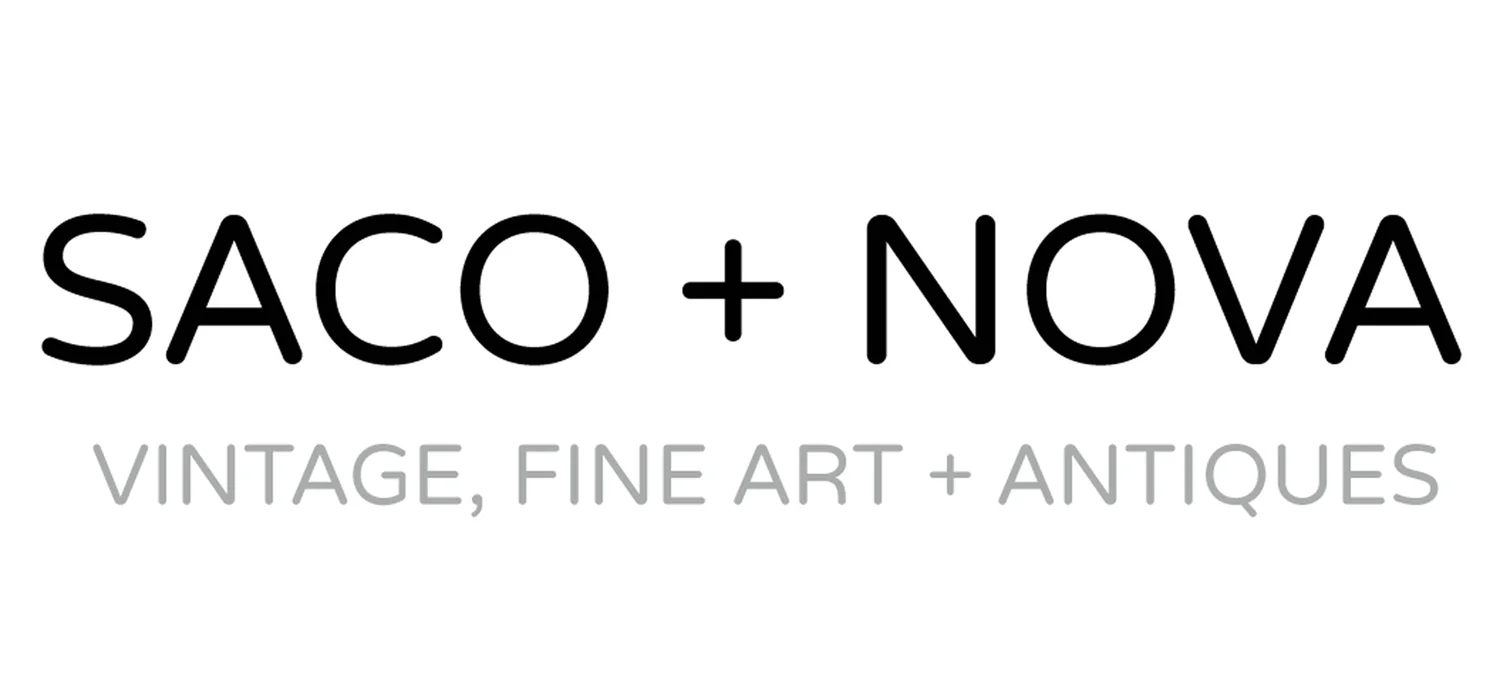Greetings from Alsace, a region of France where German history plays a tantamount role. This part of the country was contested for centuries due to its scenic beauty, lively culture and natural resources. Initially a rather autonomous part of the Holy Roman Empire, Alsace was annexed to France in the 17th century, only to be taken over by the Germans in the middle of the 19th century. To grossly oversimplfy, it became French yet again after WWI, and then German once more when it was conquered by the Nazis. Since the end of World War II, it's been decidedly French, but the cultural influences of both nations are still widely felt.
While the varnacular architecture and artistic tradition appear rather German, in my opinion, the pastries could only be French! I've included some pictures from my travels in Alsace which chronicle this rich and blended culture- terrific antiquing!
Each town has a distinct personality but the region is united by fantastic examples of half-timber architecture (some of it dating to the 16th century, or earlier!), seemingly endless, picturesque vineyards, medieval castles, and ancient ruins. In the arts, crafts and furniture of Alsace, German and Northern European influence prevails. Monumental ceramic stoves, painted wood chests and amoires, journeyman's masterpiece cabinets, and copper baking moulds fill area museums, antique shops, and fleamarkets.
Varnacular architecture and design from Strasbourg and the interior of a lovely frame shop in Basel.
Ornate goblet made from a remarkable seashell. Musée de l'Œuvre Notre-Dame
At left: Noelle at the fortified church in Hunawihr. Above: Vestiges of a Medieval tower and fortification are flanked by typical examples of varnacular architecture in Ribeauvile, France
Fortified church in Hunawihr surrounded by vineyards
WOW! An elaborate "masterpiece," though here I am using the term in its historical context, to mean a journeyman's finest sample, created in hopes of gaining admission into the cabinetmaker's guild.
There is also a strong mathematical and scientific tradition in Alsace. Evidence of this can be seen in elaborate astrological clocks produced here throughout the centuries. Historically, they were a symbol of erudition and scientific progress. The one pictured below from the Cathedral of Strasbourg is second only to a remarkable, contemporary example in Prague. It's mechanization includes countless moving figures and sound affects, all reminding the viewer of the steady passage of time.
Quaint shops signs, such as this one, dot the many small towns of the region. Note this Inn advertises its services by picturing a sleeper in his night cap, replete with a chamber pot under his bed! :)
Château du Haut-Kœnigsbourg, a medieval ruin largely restored by German emporer Wilhelm II in the late 19th century
Above: Sunset descent into the Valley of Munster.
Right: A kindly donkey makes my acquaintance at a ferme auberge (country farm inn/ restaurant).
I look forward to returning to this enchanting region! Perhaps next time in the winter for the Christmas markets, Christkindelsmärik. Until then, I've got a lot to fit into my suitcase!
Charming 19th century children's toys
Delicious pastries everywhere!
This style of German stoves are frequently showcased in Alsace historical homes and museums.
Avove: Monumental Astromical Clock, Cathedral of Notre Dame, Strasbourg.
Left: Stret view in Riquewihr
















